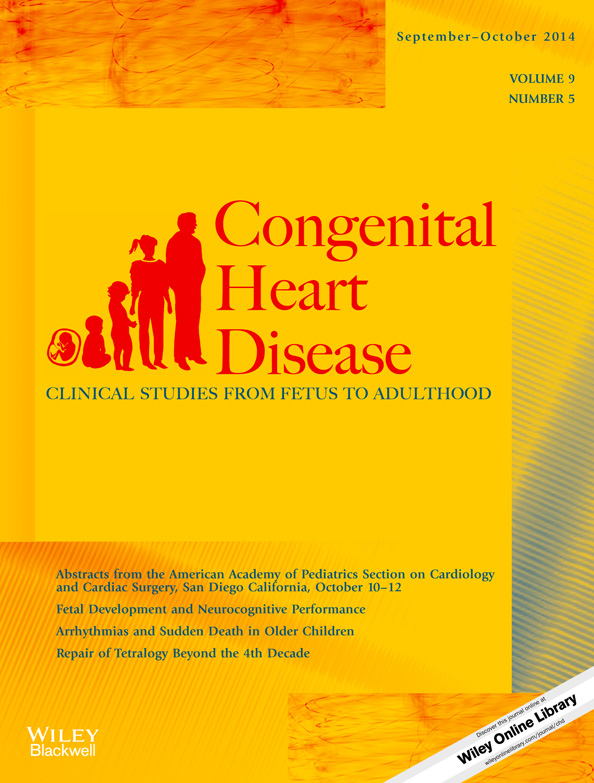Percutaneous Closure of Atrial Septal Defects in Patients with an Aberrant Retroaortic Coronary Artery: Is It Safe?
Abstract
Coexistence of an ostium secundum type atrial septal defect and a coronary artery anomaly with an aberrant retroaortic course is a rare congenital anomaly that may potentially complicate percutaneous atrial septal defects (ASD) closure. If the anterosuperior rim of the defect is deficient, the abnormally located coronary artery may be compressed or distorted by the implanted device causing myocardial ischemia, arrhythmias, and eventually sudden cardiac death. Due to the potential occurrence of these fatal cardiac events, diagnosis of an aberrant coronary artery with a retroaortic course must be established before percutaneous ASD closure. In this report, two patients with this rare association are described in whom percutaneous closure of the defect was feasible and uneventful. The importance of a careful periprocedural, noninvasive echocardiographic coronary artery imaging is emphasized, and the rational for percutaneous atrial septal defect closure in this unusual anatomic arrangement is proposed.




